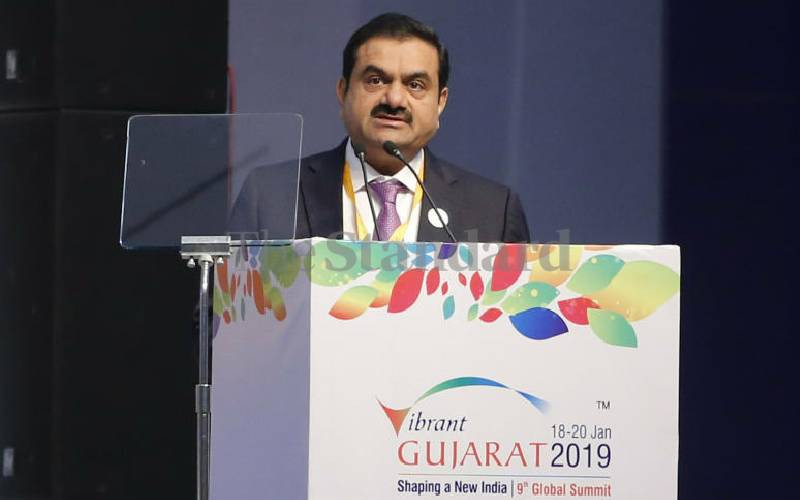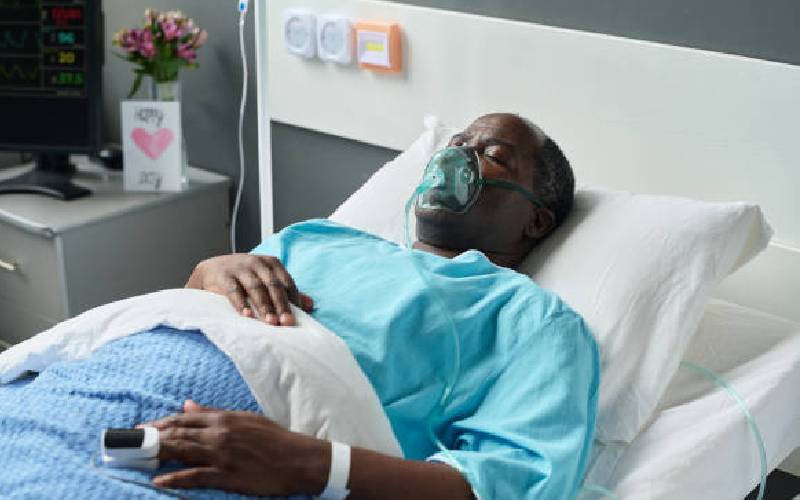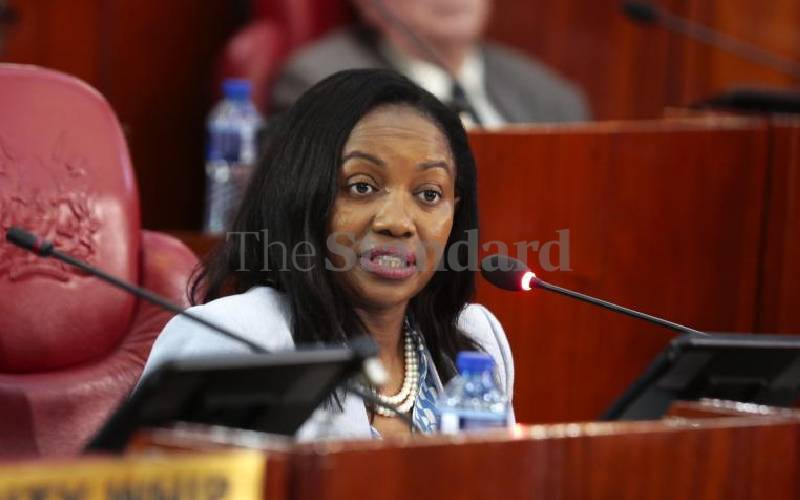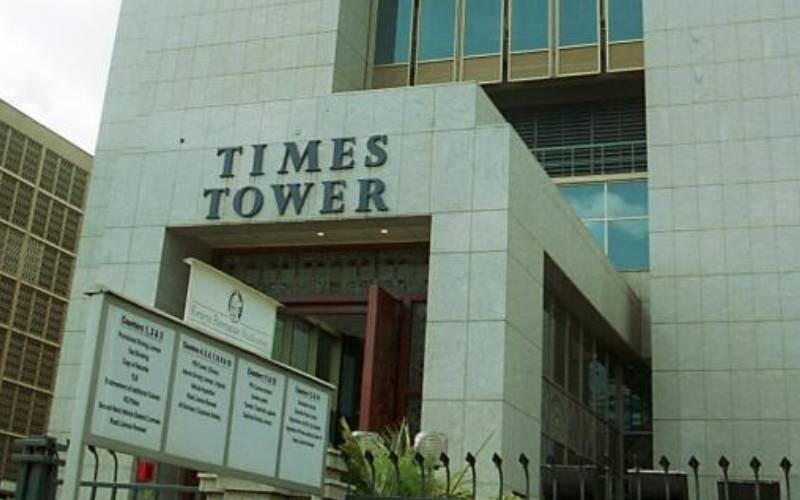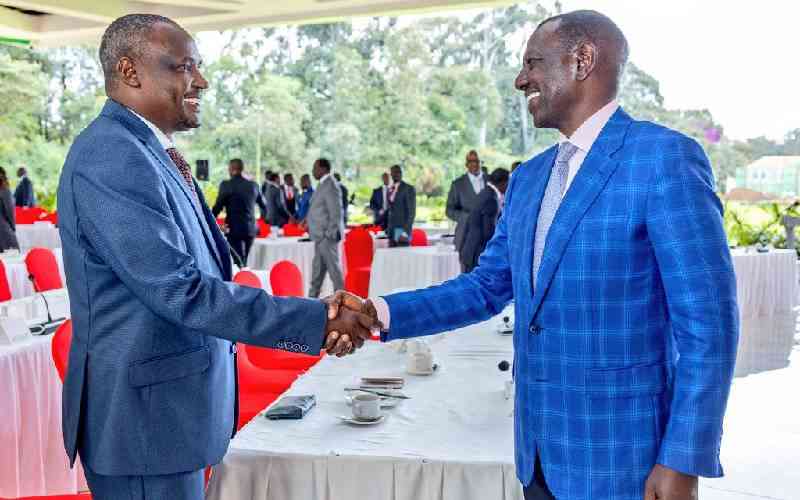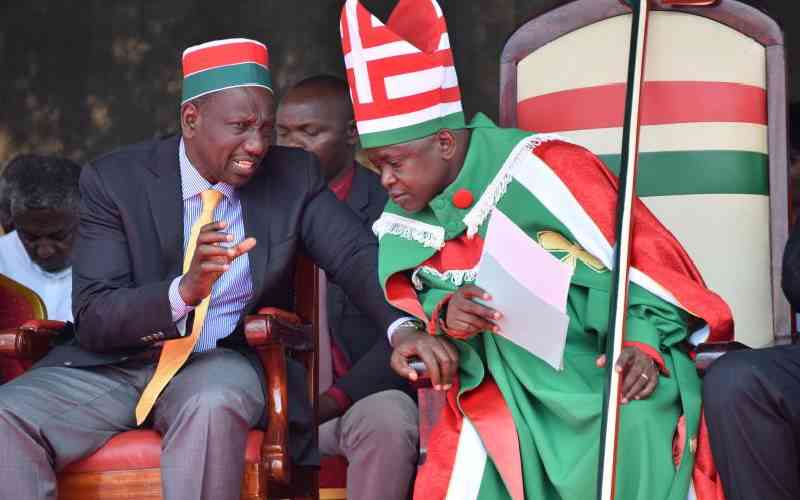Even as we prepare for our new normal post Covid-19 restrictions, it is clear the shock factor for Covid is wearing out fast! Traffick jams are back, supermarkets are full and the ubiquitous street vendors are hustling in full swing.
That notwithstanding, it is useful to take stock of our successes and continue to create capacity to ensure that we don’t negate all gains achieved so far.
The government moved with speed to strengthen health systems to face the extraordinary challenge of managing Covid-19 as per initial projections. The world has seen massive investments and restructuring of both public and private healthcare facilities. In Kenya, hospitals have restructured to respond to patients’ expectations. There is now some capacity that can be up-scaled to reasonably deal with a ‘mini-surge.’
Covid-19 has created uncertainties in the population. Many patients fear they may catch the coronavirus if they visit health facilities. Patients should be given reassurance. Such re-assurance eliminates the need for patients to engage in self-diagnosis and prescription.
It is important for facilities to physically divide into a Covid or infectious disease section on one hand and everything else on the other to inspire confidence in their safety. Post-Covid, we will still have infectious diseases like cholera and TB that will require isolation in this manner. Such a division will not be a wasted investment.
At The Nairobi Hospital, we have created two hospitals in one to address these fears. We have dedicated space for managing the full spectrum of Covid-19 presentations, from mild to severe disease. This area is very carefully and safely cordoned off from the rest of the hospital. Non-Covid patients cannot access the area and you will only ever see it if you are a confirmed Covid patient or a frontline health-worker in Full Personal Protective Equipment (PPE). Then there is the rest of the hospital, which continues to provide our regular services. This kind of separation is going to be the new normal in healthcare provision.
At The Nairobi Hospital, we are executing plans to take it a step further; over the next six to eight weeks, we will have a dedicated stand-alone facility, completely outside of the main hospital. This will be our Covid and other infectious diseases centre. With that, we will have permanently placed management of infectious diseases outside of the main hospital. Both lives and livelihoods are important as we embrace the new normal. The government and indeed our middle class are key success drivers in the safe reopening of the economy to take care of livelihoods.
The government should drive clear behavioural messaging to the public. That will ensure the Covid-19 protocols that include hand washing, social distancing and putting on of masks get embraced as a new normal even as the threat of Covid is falsely perceived as diminished. The public should constantly be reminded that there is a high risk of an actual surge with a sharp peak – which would be disastrous.
Intensive care
The big challenge currently is unfettered community transmission. We must deploy measures to ensure that as far as possible re-opening of the economy does not result in excessive transmissions and a spike in cases that require intensive clinical care. Both the government and citizens have a primary responsibility in managing the most vulnerable within our population and creating economic opportunities for all.
Effective management of the most vulnerable will be a key success factor because, as we have seen, in Covid we are all interconnected regardless of race, wealth or creed! Kenya is a lower middle-income country but with wealth significantly skewed to a very small sub-population. Poverty is a major driver of community infections here.
The most vulnerable will be the elderly poor as well as people of all ages with co-morbidities living in relative poverty. The forces of economics totally drive behaviour at this socioeconomic echelon; they survive on daily wages. To that end, quarantine or isolation are luxuries that they can ill afford. Our expectations of this sub-population should reflect an appreciation of their predicament. These are the sub-populations that are least likely to comprehend or even get the messages on Corona infection prevention. They are less likely to afford some of the prevention interventions such as social distancing, hand sanitisers and effective face-masks.
The State should continue giving stipends to vulnerable sub-populations. This will go a long way in helping them put food on the table and limit probability of exposure to the coronavirus. Many Kenyans are supporting this cause by contributing to the National Government’s initiative.
A curve ball to our equation is the fact that a large portion of our high risk groups are resident in the rural areas whilst our main hospitals are in the urban areas. The sad reality is that many cases of severe disease in this sub-population will never make it to hospital - and even if they do, there will likely be no ventilator to save their lives. The State should continue to shield our elderly and poor vulnerable populations in the rural areas from community transmissions. Travel restrictions from known hotspots, mostly large towns, should continue.
A socio-economic recovery programme that places premium attention on the vulnerable and interest groups is therefore an indispensable proposition to secure both lives and livelihoods.
Stay informed. Subscribe to our newsletter
-Dr Pamba is The Nairobi Hospital Chief Executive
 The Standard Group Plc is a
multi-media organization with investments in media platforms spanning newspaper
print operations, television, radio broadcasting, digital and online services. The
Standard Group is recognized as a leading multi-media house in Kenya with a key
influence in matters of national and international interest.
The Standard Group Plc is a
multi-media organization with investments in media platforms spanning newspaper
print operations, television, radio broadcasting, digital and online services. The
Standard Group is recognized as a leading multi-media house in Kenya with a key
influence in matters of national and international interest.
 The Standard Group Plc is a
multi-media organization with investments in media platforms spanning newspaper
print operations, television, radio broadcasting, digital and online services. The
Standard Group is recognized as a leading multi-media house in Kenya with a key
influence in matters of national and international interest.
The Standard Group Plc is a
multi-media organization with investments in media platforms spanning newspaper
print operations, television, radio broadcasting, digital and online services. The
Standard Group is recognized as a leading multi-media house in Kenya with a key
influence in matters of national and international interest.

